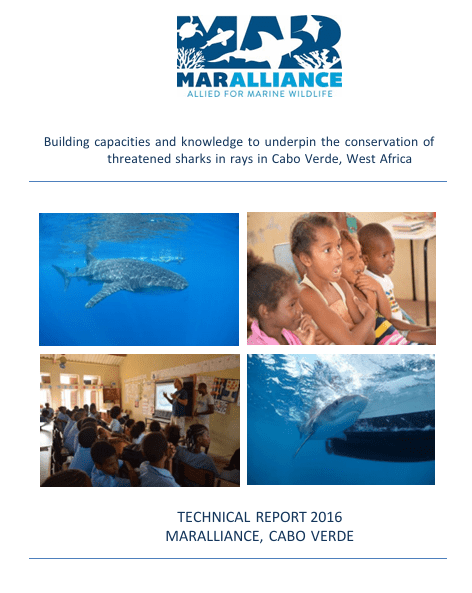The importance of apex predators in maintaining healthy marine ecosystems is widely recognised (Myers et al., 2007; Estes et al., 2011; Roff et al., 2016). Yet, globally, many shark populations have declined by as much as 90% (Baum & Myers, 2004, Myers, 2005; Heithaus, 2008; & Ferretti, 2010) and 24% of the 1100 known species of elasmobranchs (sharks and rays) are currently threatened with extinction according to the IUCN.
Elasmobranchs are often associated with targeted fisheries: shark fin, manta ray gill-raker and recreational fishing; and non-targeted fisheries through high incidences of bycatch in higher value finfish fisheries (Musick et al., 2000). Habitat destruction is also significant factor. Nonetheless, their ability to withstand exploitation is exacerbated due to their low levels of fecundity and late maturation. In a recent report the FAO stated that approximately 30% of marine fish stocks are currently fished beyond sustainable levels (FAO, 2016), though there are concerns that failing to fully consider artisanal fisheries has vastly underestimated the extent of the problem.

